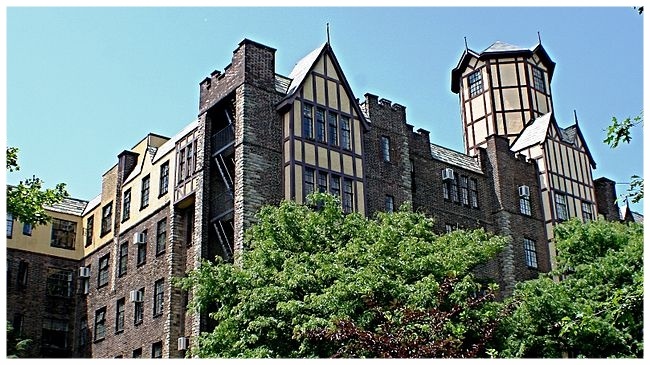Common Electrical Issues in Pre-War Apartments and other Old Constructions

One of the most distinctive features of New York City is its historic architecture, and pre-war apartments are among the most highly sought-after properties in the city. However, make sure you budget for an electrical upgrade if you will move into one of these properties, since their wiring is often decades old, and not designed for modern appliances.
This article will provide an overview of some common electrical issues found in old constructions such as pre-war apartments, and how to troubleshoot them. Like with any decision involving engineering, professional advice is highly recommended to find a solution that meets your needs while optimizing your budget.
Old Electrical Wiring
Unlike iron, copper does not experience major deterioration over time, but wiring insulation tends to harden. There are generally no major issues as long as the wiring stays in the same position, but pieces of insulation can crack and fall off with minimal movement, requiring the full conductor to be replaced.
Another feature of old wiring is that it normally uses solid conductors, where the entire cross-section is a single strand of copper. Modern conductors normally have multiple strands with a smaller diameter, which makes them more flexible and easier to manipulate.
Before you move into an old construction, get the wiring checked to determine if you need an upgrade. Keep in mind that you may also have to increase the conductor diameter to account for the increased power demands of modern appliances.
Discontinued Breakers and Distribution Boards
Many electrical manufacturers from decades ago no longer exist or have been absorbed by the global market leaders. Even in cases where the manufacturer is still in business, product lines are often discontinued and have been replaced by improved versions.
In pre-war apartments and other old constructions, it may no longer be possible to find circuit breakers that match the distribution board, and the whole board must be replaced if changes are required. The advantage of installing a new distribution board is that consecutive upgrades to the electrical system will be much simpler to carry out.
Incandescent Lighting
Although incandescent lighting not technically an “electrical issue”, there are no reasons to keep it if a pre-war apartment has it, especially considering the advantages offered by LED lighting:
- In general, you can expect energy savings above 80% when an LED lamps replaces an equivalent incandescent lamp.
- You will not require light bulb replacements in a very long time: a typical incandescent bulb lasts for 1,000 hours, while most LED bulbs are rated for 25,000 hours.
- Incandescent lighting is often preferred due to its warm yellow glow and its antique look, but there are now LED products that can mimic both characteristics. Make sure you purchase LED lighting products with a Color Rendering Index above 90, and you can even look for bulbs where the LEDs are arranged in filament that looks just like an incandescent bulb.
- For guaranteed performance, make sure you purchase lighting products labeled by ENERGY STAR or the DesignLights Consortium (DLC).
Depending on the type of building and the district where it is located, you may even be eligible for a free LED upgrade from Con Edison. For example, residential buildings in some areas of Queens and Brooklyn can get up to 10 free LED bulbs per dwelling, and free common area lighting upgrade. Even if a property does not get the benefit, there are also cash rebates that are calculated based on the type of lighting product.
Insufficient Transformer Capacity
All issues described above can be solved by an individual tenant, but if the property has a transformer that is too small for the current load, the property management company is generally responsible for the upgrade. Before moving into an apartment, make sure you check the rules with the condominium board. Ask if you are allowed to have your own electric service entrance and a separate account with Con Edison, just in case there are building-wide issues down the road.
Final Recommendation
The best advice when dealing with building upgrades is to get a professional opinion, ensuring the solution deployed is the best possible. Also keep in mind that NYC construction codes have changed a lot over time, and the new installation may be subject to requirements that didn’t apply decades ago. This can be covered by working a Registed Design Professional.

Michael Tobias
Michael Tobias, the Founding Principal of NY Engineers, currently leads a team of 50+ MEP/FP engineers and has led over 1,000 projects in the US
Join 15,000+ Fellow Architects and Contractors
Get expert engineering tips straight to your inbox. Subscribe to the NY Engineers Blog below.


